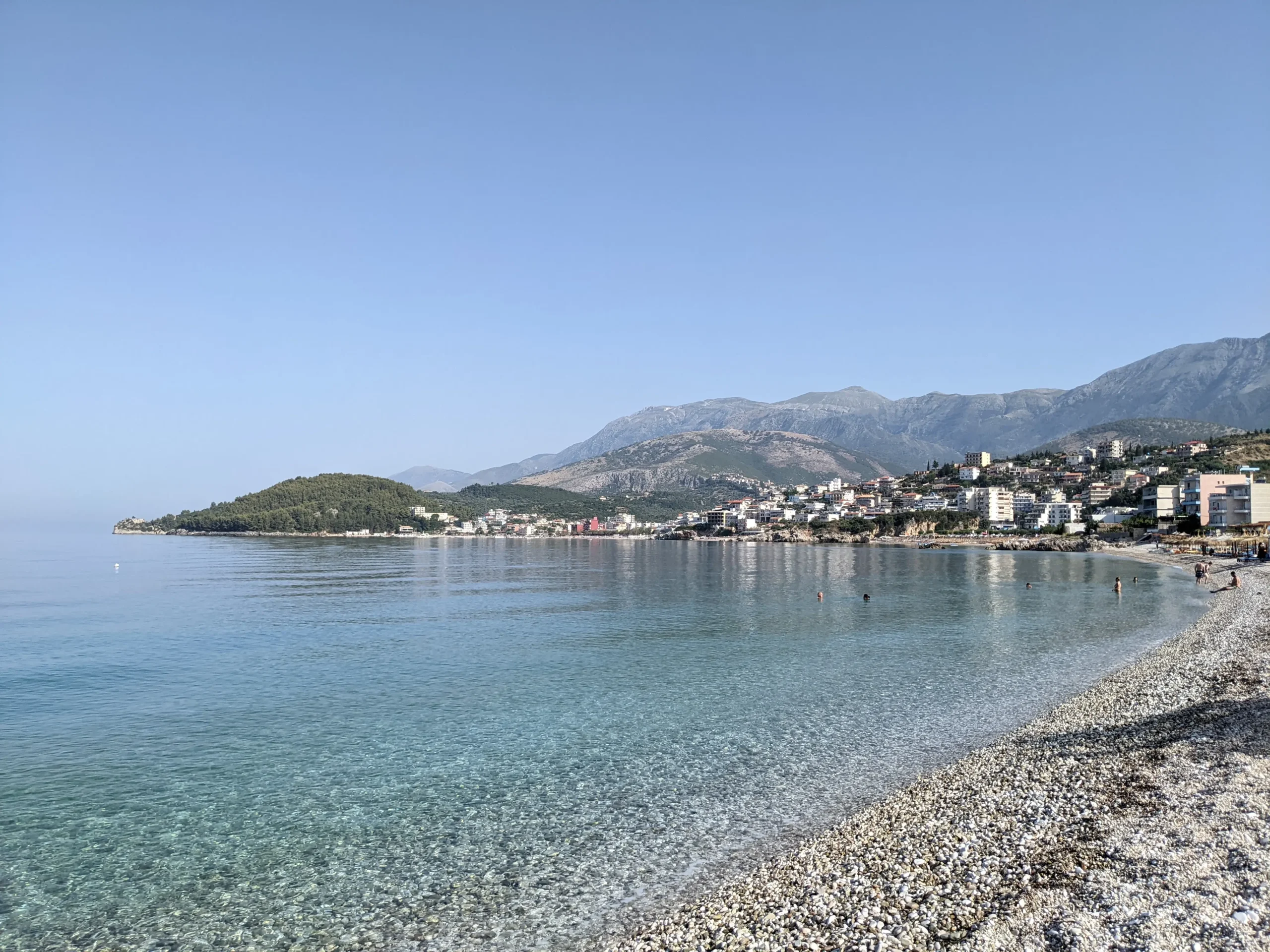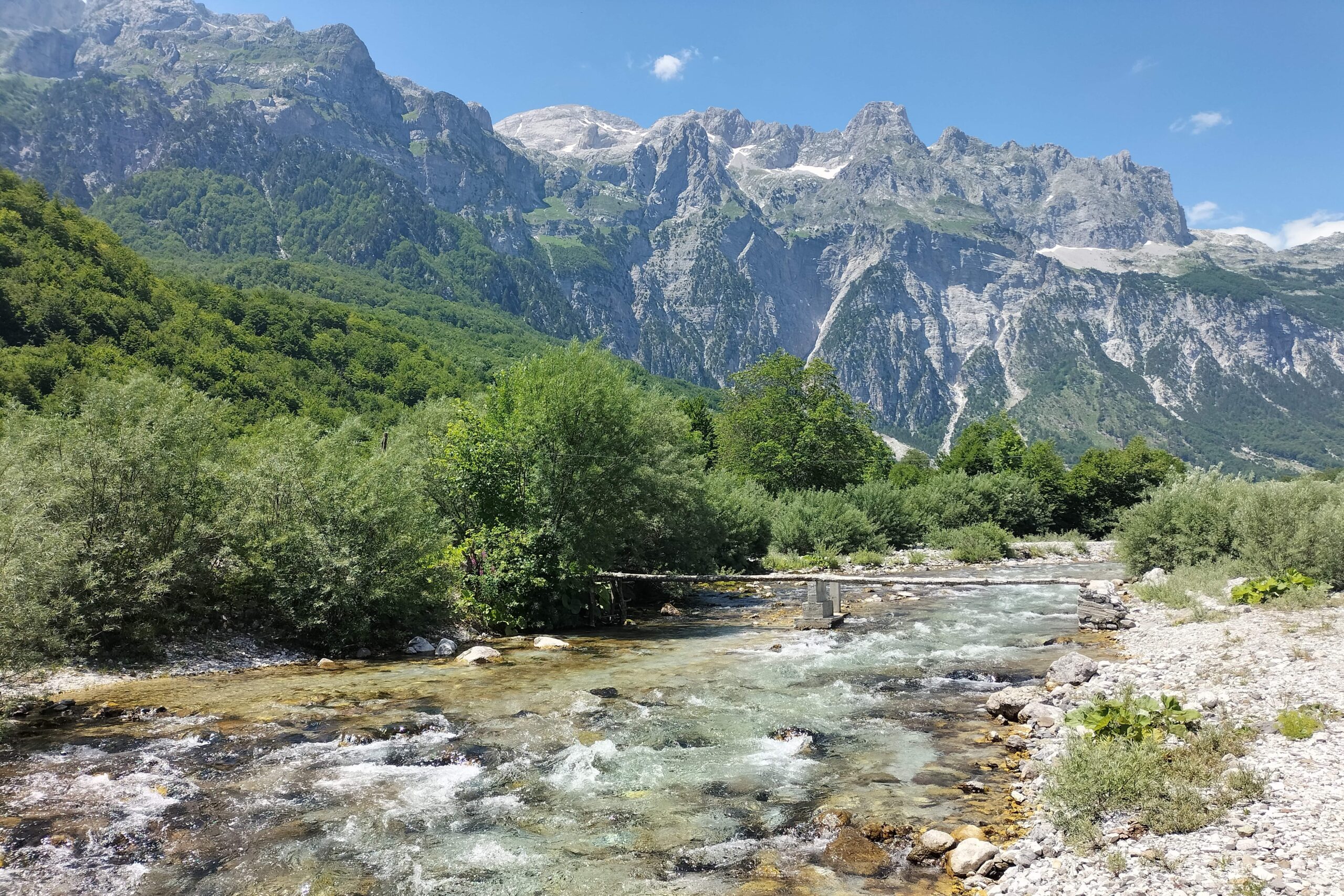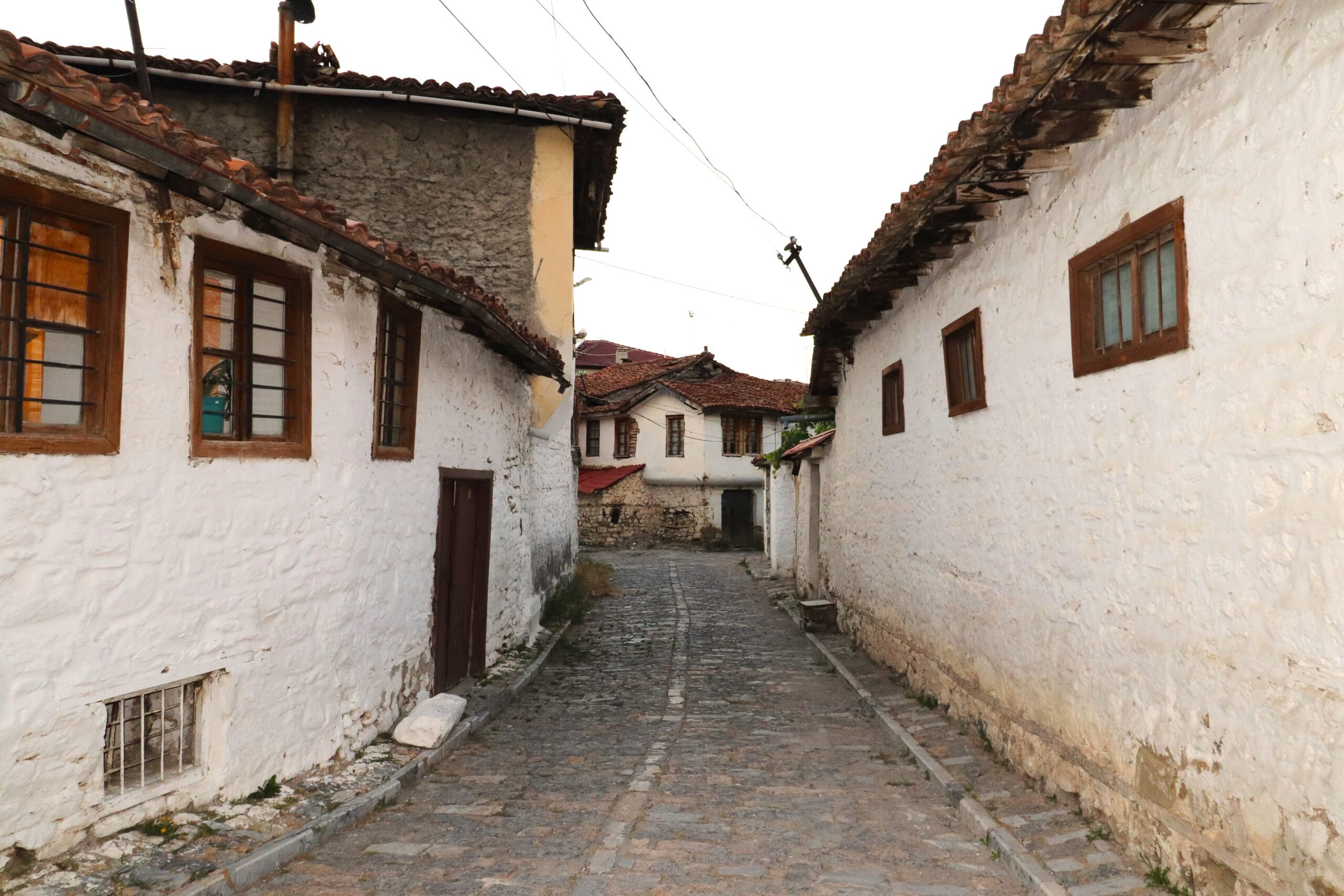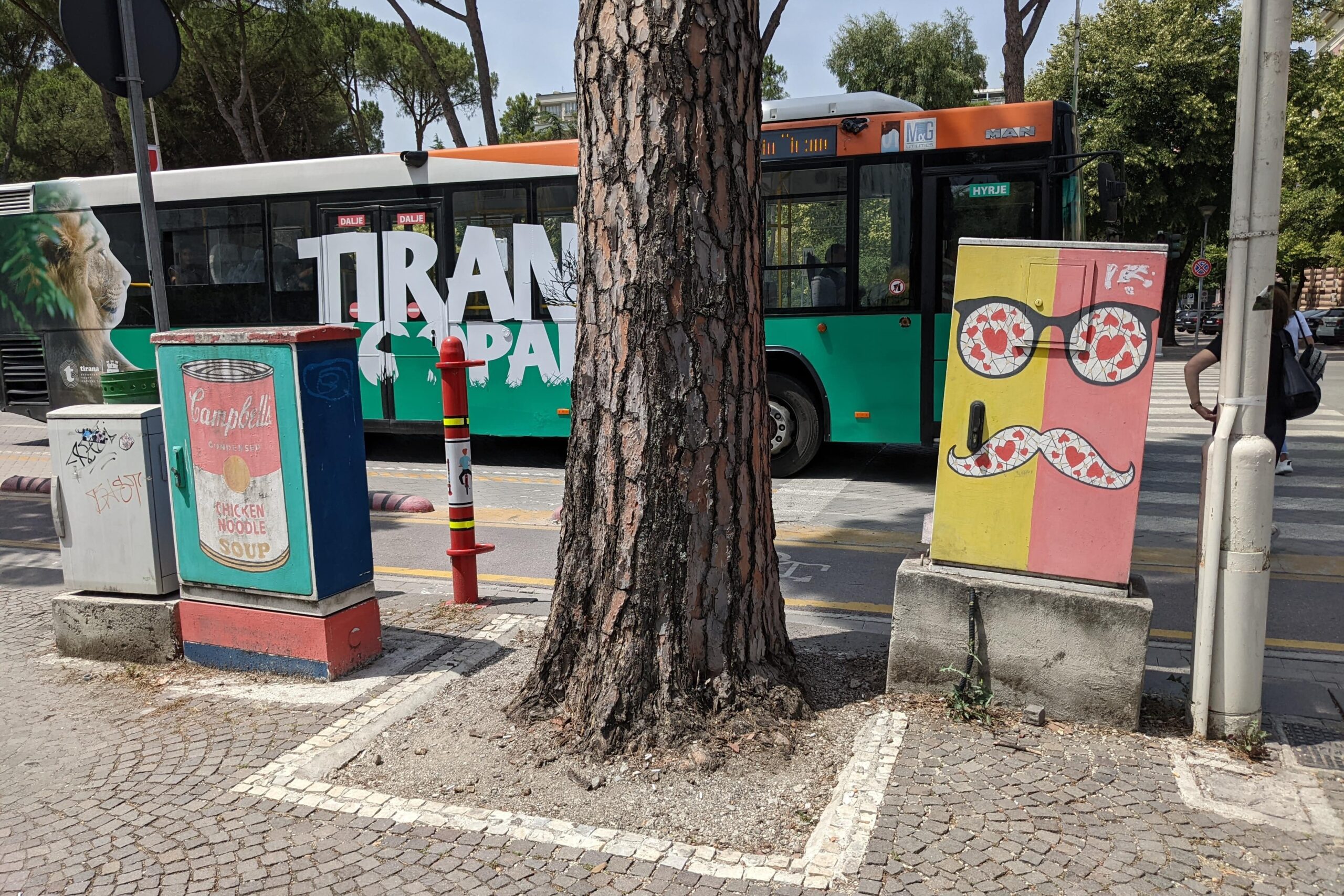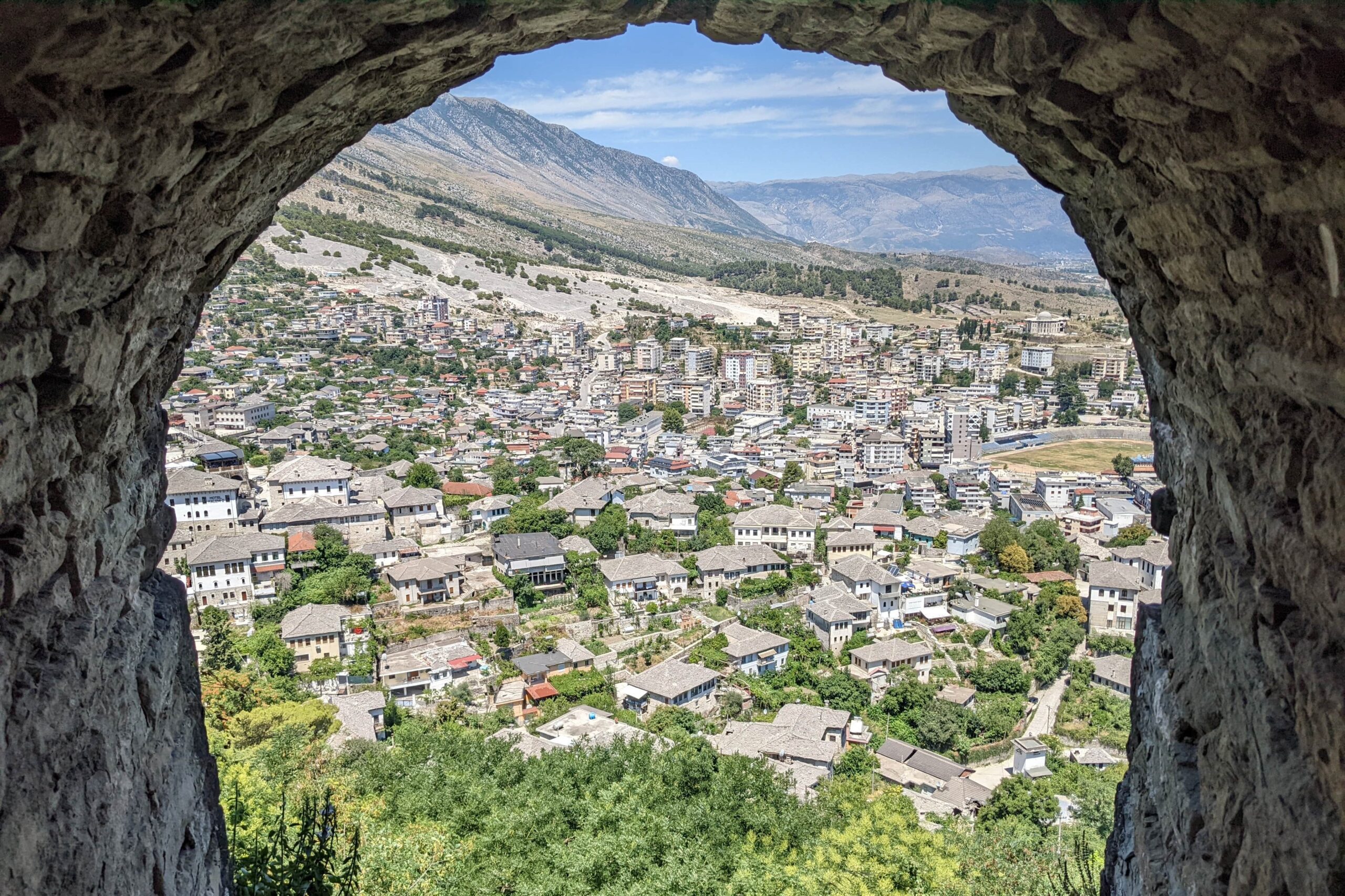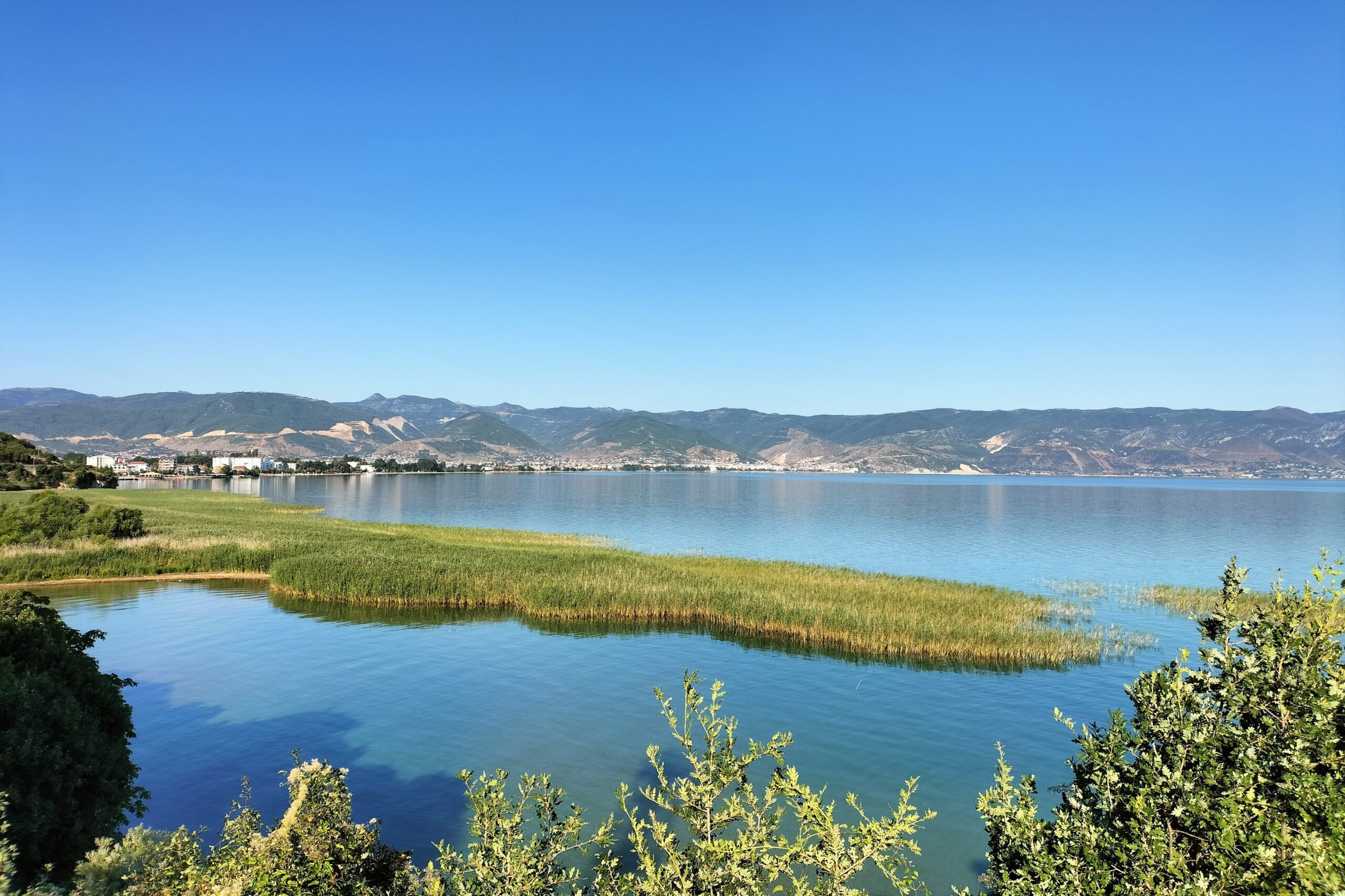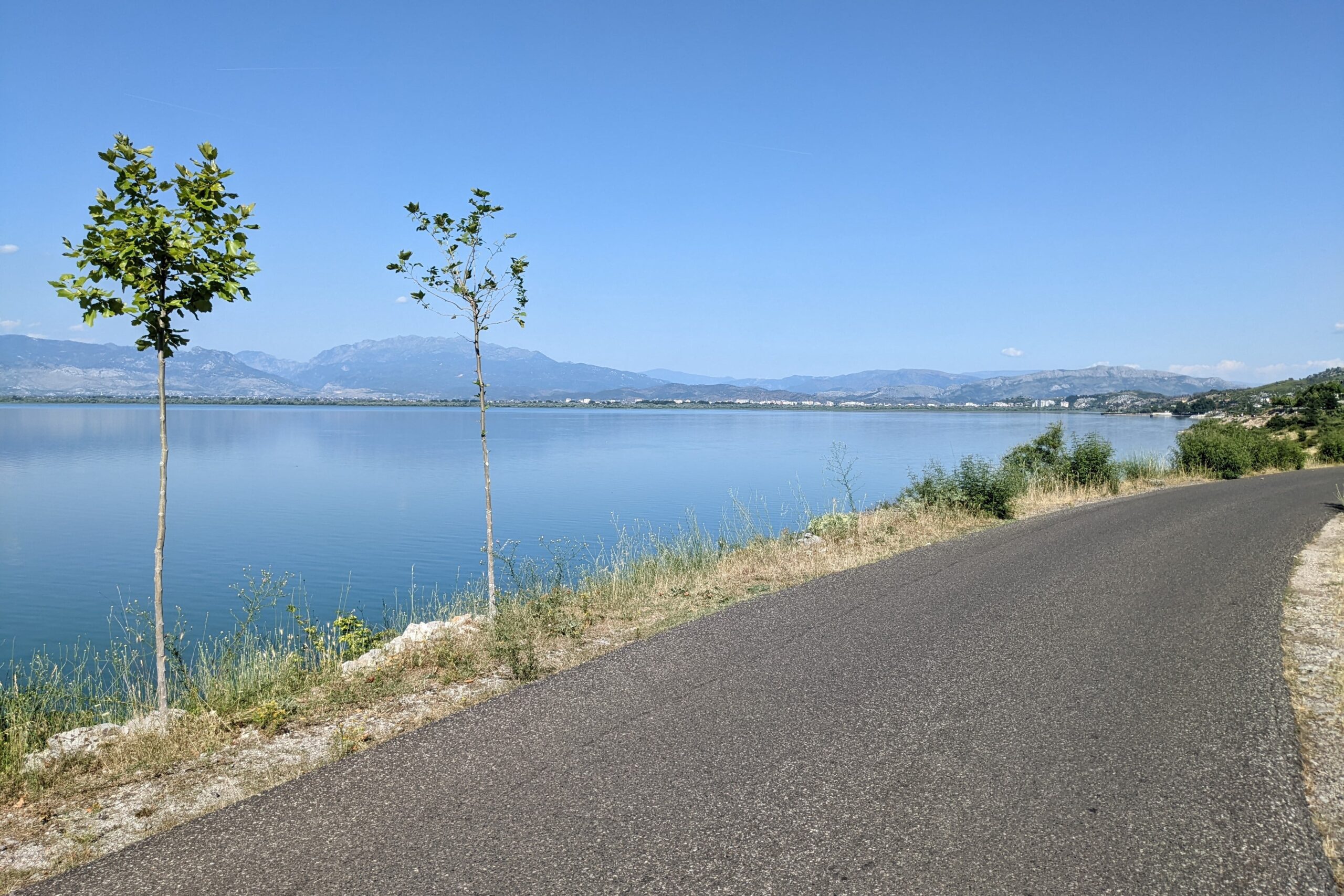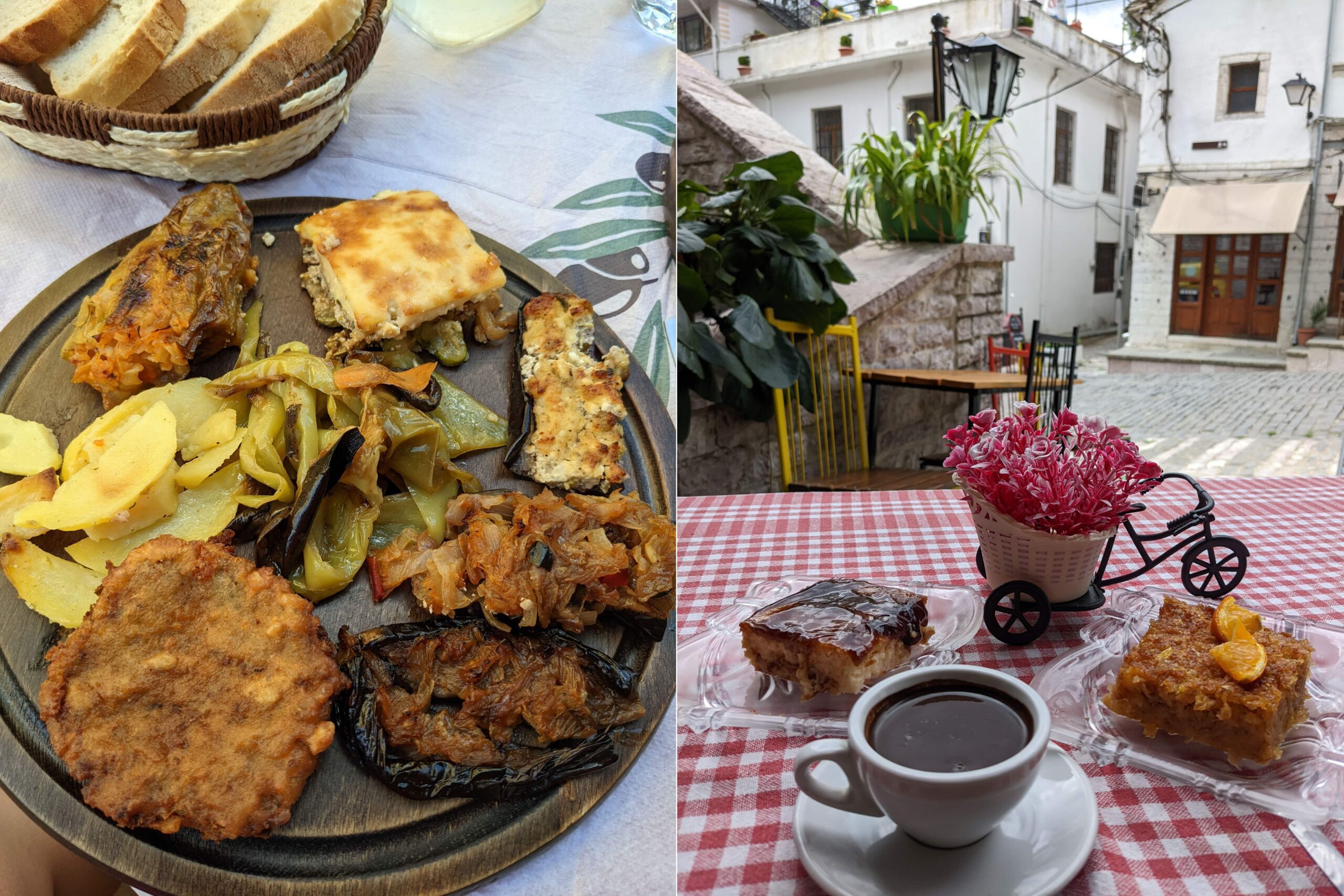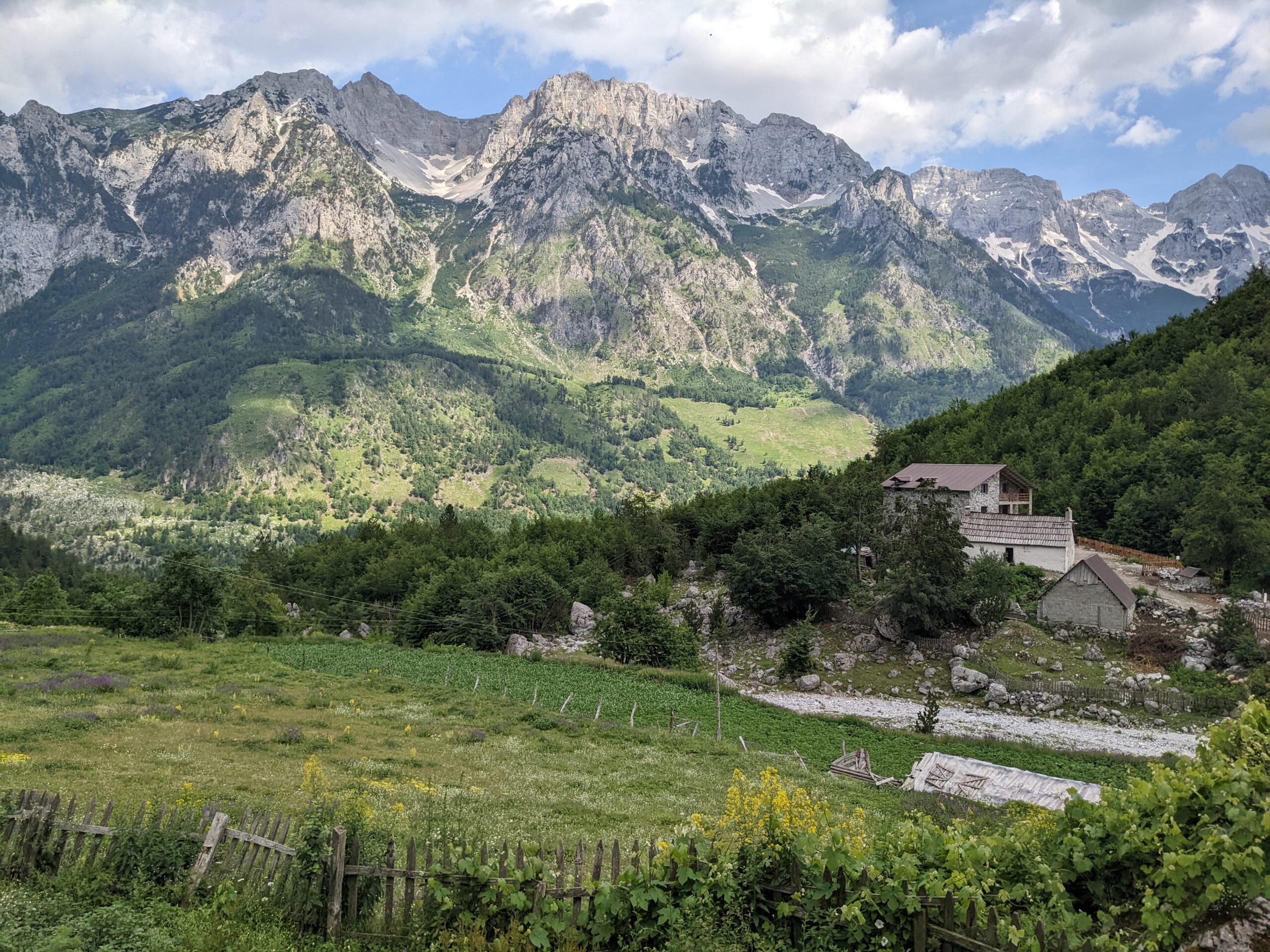Albania
Quick Links
Rugged mountains, serene lakes, pristine beaches, bustling cities, UNESCO old towns. Albania really surprised us with its natural beauty.
While the white sand beaches of the ‘Albanian Riviera’ or ‘Maldives of Europe’ are what shot Albania to Instagram fame, we fell in love with the north of the country, its mountains and fresh air.
And, surprisingly, vegetarianism isn’t too difficult to uphold here. There were several veggie options at most restaurants – who’d have thought it?
During our five-week trip through Albania, we witnessed construction works in most cities and towns.
There is no doubt in my mind that Albania is an up-and-coming destination that will continue to welcome more and more tourists each year.
Make sure you get there before everyone else!
Places to Visit
14 Things to Do in Albania: The Iconic Experiences
9 Things to Do in Tirana: Europe’s Most Underrated Capital
6 Best Things to Do in Shkoder: the Cultural Capital of Albania
The Complete Guide to Hiking the Albanian Alps
6 Unique Things to Do in Gjirokaster, Albania
11 Best Things to Do in Korce, Albania
Food
Tastiest Vegetarian Food in Albania: 14 Must-Eats

